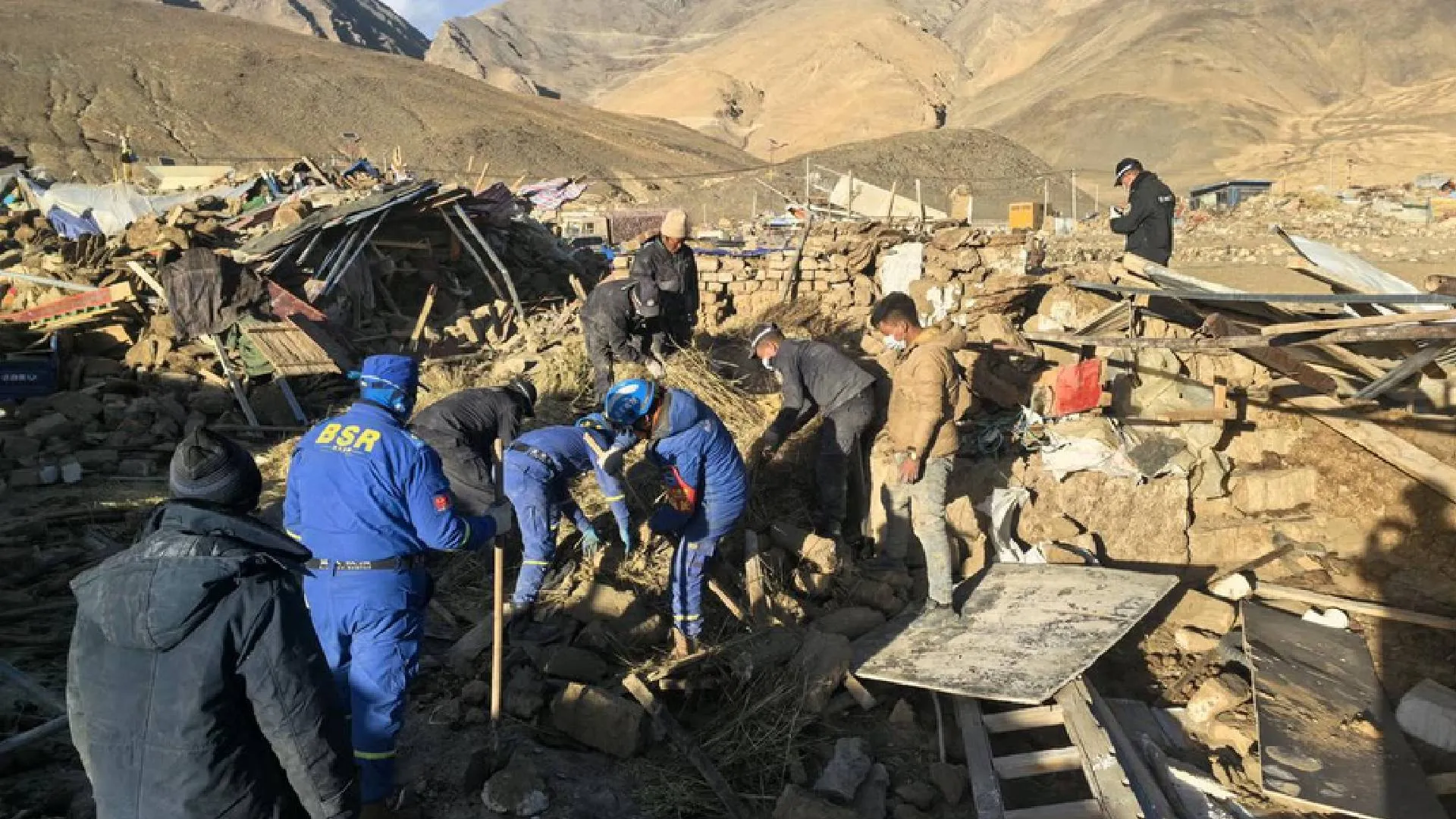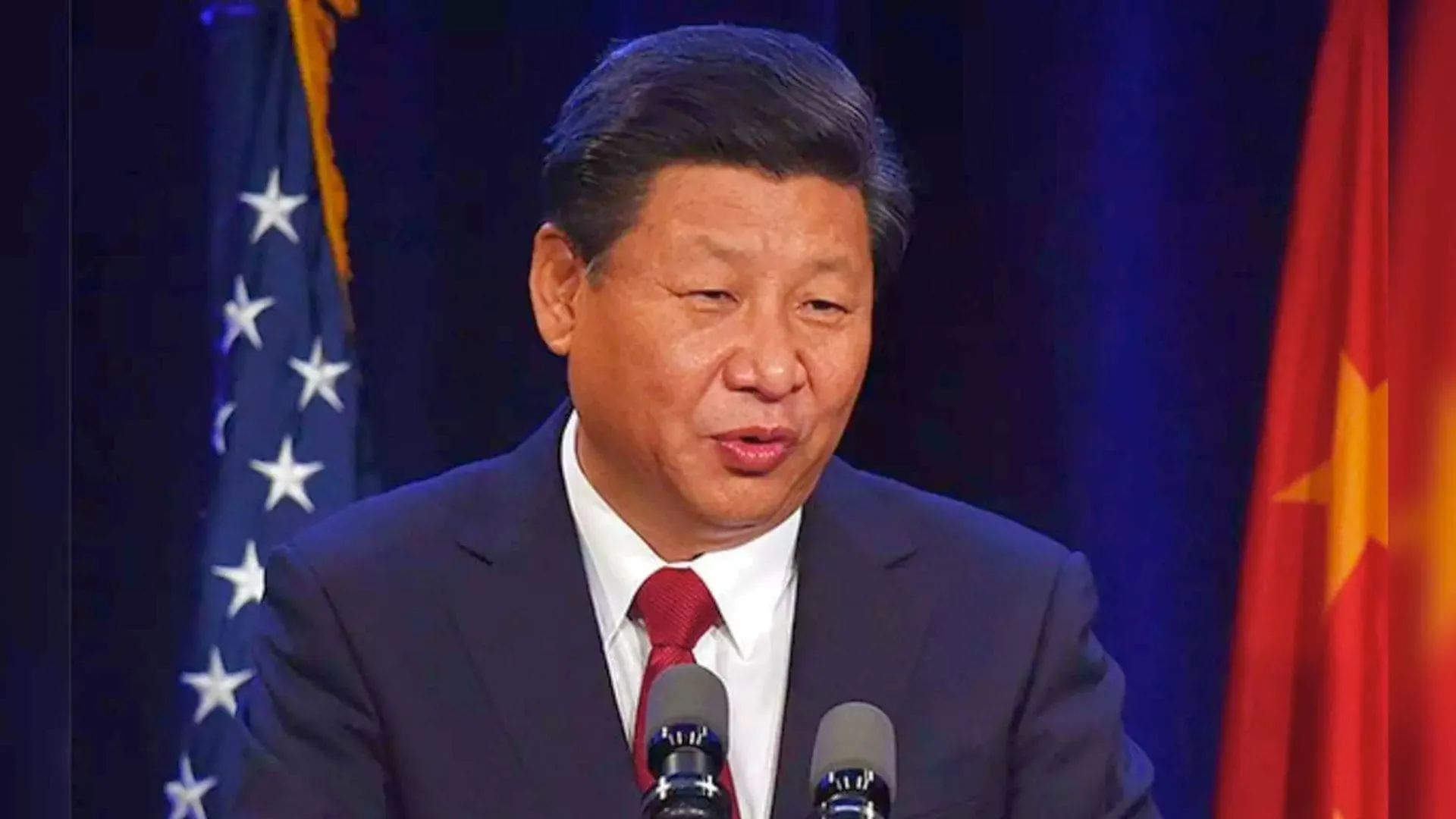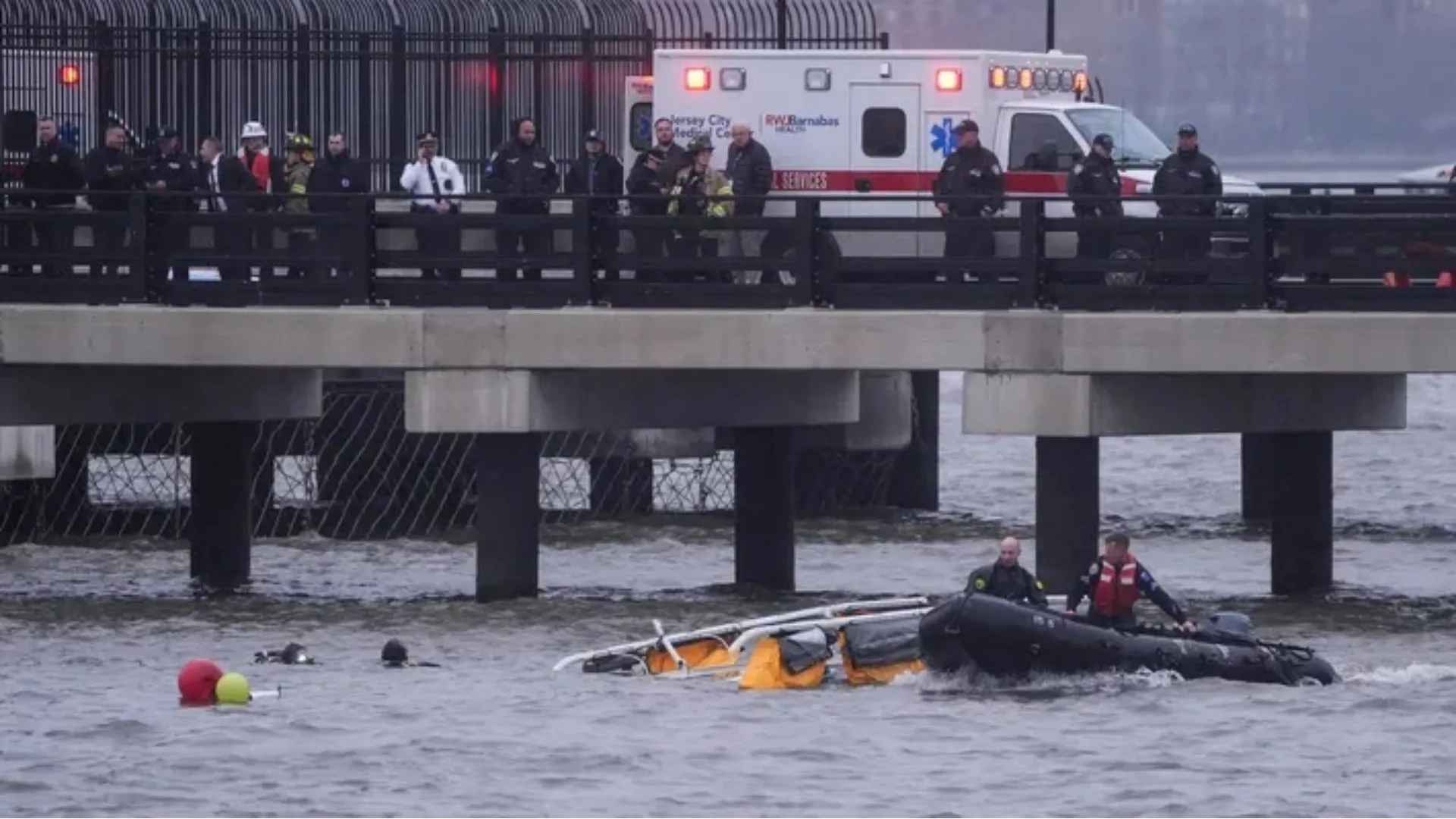A magnitude 6.8 earthquake that struck Tibet on January 7 has caused severe damage to two Tibetan Buddhist monastic centers. The earthquake injured an unknown number of monks and nuns. The earthquake’s epicenter was located near Tingri County. The affected religious sites Dzongbu Temple and a nearby nunnery were about 15 kilometers east of the epicentre. The quake destroyed roofs and walls of these structures, reducing them to rubble, as reported by state media outlets.
Monasteries and nunneries hold immense cultural significance in Tibet, serving as centers for religious education and spiritual guidance. It is a common practice for families to send at least one male child to these religious institutions for studies. The clergy are not only spiritual leaders but also play a pivotal role in the community.
Casualties and Damage to Religious Structures in Tibet
Though local authorities have yet to reveal how many monasteries and nunneries were damaged, more than 3,600 houses have collapsed. It remains unclear whether any clergy members are among the 126 confirmed fatalities, a figure that has remained unchanged since the quake.
The violent tremors trapped several nuns at Dzongbu Temple, but rescuers successfully freed them from the collapsed structures. They were then moved to a nearby monastery that sustained less damage. Another site, Sengar Chode Monastery, which dates back to 1541, also experienced significant damage. The monastery’s relics have been secured by local officials for safekeeping.
As of Tuesday morning, over 3,600 aftershocks have been recorded, including tremors of magnitude 4.9 and 5.0 near the quake’s epicenter.
Minor Damage to Other Prominent Tibetan Buddhist Sites
Despite the widespread destruction, some of Tibet’s most significant religious sites escaped severe damage. Authorities reported no significant harm to Tashilhunpo Monastery—traditionally the seat of Tibetan Buddhism’s second-ranking Panchen Lama—as well as Shalu Monastery and Pelkor Chode. Sakya Monastery, the headquarters of the Sakya school of Tibetan Buddhism, experienced only minor damage.
The State Council Information Office (SCIO) has yet to respond to requests for further information regarding the quake’s aftermath.
Tensions Surround Tibetan Buddhist Sites
While the destruction of Tibetan Buddhist sites is a tragic reminder of the region’s vulnerability to natural disasters, it also draws attention to the ongoing tensions surrounding religious freedom in Tibet. In the past, Tibetan monks have staged protests against Chinese rule, even resorting to self-immolation in demand for the Dalai Lama’s return. The Chinese government destroyed nearly all of Tibet’s religious structures during the 1966-1976 Cultural Revolution, although many have been rebuilt since then. The ruling Communist Party of China demands strict loyalty from monks and nuns, who must publicly denounce the Dalai Lama.























